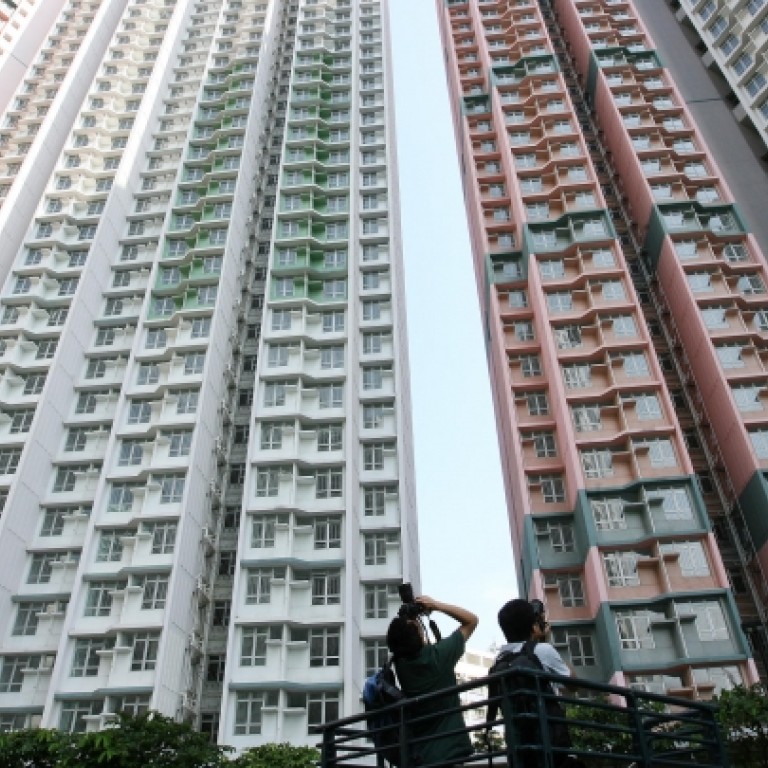
Left hand fights right hand to push home prices up
Measures taken by the government to try to solve housing problems contradict each other
It seems that when it comes to the problems of the housing market, the government's left hand does not know what its right hand is doing. Otherwise the measures taken to try to solve the market's problems would not contradict each other.
Property prices have soared over the past few years for three main reasons: a lack of housing supply, the influx of mainland buyers and low interest rates.
It was impossible to increase housing supply immediately, but the government increased the supply of new land, which would eventually boost the supply of housing, although not until 2015. But with supply staying at low levels this year and next, the government introduced extra stamp duties to try to curb the rampant demand.
However, other government policies have led to a fall in the immediate housing supply, undercutting any effect the higher stamp duties might have. This is most obvious in the primary market.
Figures from Midland Realty show 4,377 new flats were seeking pre-sales consent with the Lands Department in the first five months of this year, almost 40 per cent more than the same period last year. That is supposed to be good news for the property market. However, only 1,521 flats received consent during the period, 41 per cent down on the 2,584 flats given consent for the same period last year.
By the end of last month, there were almost 15,000 flats awaiting pre-sales consent, the highest level since October 2002.
The best way to cool the property market is to increase the housing supply as soon as possible. The estimates that the government has sold 10 residential sites so far this year, which could provide about 4,700 flats. That is 85 per cent more than the 2,547 flats yielded by 11 plots during the same period last year.
MTR residential projects also increased, by 71 per cent to 1,614 flats, from two projects in the first six months, against only 942 flats from one site a year ago.
But at the same time, there are only four new projects released for sale after the Residential Properties (First-hand Sales) Ordinance came into effective on April 29. A number of new projects have had to delay sales, as their brochures failed to meet the requirements of the new ordinance.
The government should consider simplifying the requirements introduced to try to ensure that buyers were not misled by developers or property agents.
If the policy is holding back the supply of new homes, it will be would-be home buyers who will suffer.
In another move, the government introduced a quota of 5,000 "white-form applicants" who would be able to buy second-hand Home Ownership Scheme (HOS) flats without paying the land premium, starting from this month.
However, while the move may help these applicants own their own homes earlier, they and other first-time buyers now have to pay a higher price for their flats.
Since the policy was announced at the end of last year, what has happened is that the asking prices of second-hand HOS flats have grown 20 to 25 per cent. "Green form" applicants speeded up their buying plans, as they worried property prices would rise further.
The prices of many second-hand public housing flats have hit record highs in recent month as sales of subsidised housing flats increased significantly.
As the price difference between second-hand HOS flats and private housing flats narrowed, first-time buyers speeded up buying flats. That is why the mass residential property market rebounded significantly in recent weeks.
The government should make a comprehensive study of the property market and try to get a complete picture of the problems and the reasons behind them. Trying to solve the problems on a piecemeal basis is only causing new problems.

